Buto Manju: The holiest doughnut in Japan
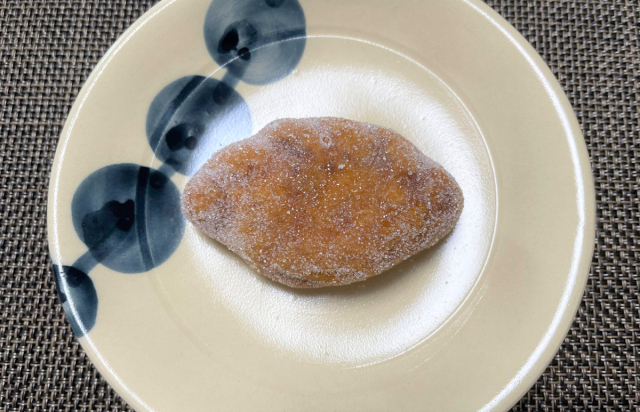
A centuries-old sweet so sacred it’s still used as an offering at one of the country’s holiest shrines.
Did you know that 16 June is “Japanese Sweets Day” in Japan? This day was given the special moniker due to the fact that Emperor Ninmyo, who reigned from 833–850, was believed to have offered up 16 sweets to the gods on the sixteenth day of the sixth month, in accordance with an oracle.
That sounds like a pretty important event in the history of Japanese sweets, so we decided to mark the occasion by purchasing one of the country’s most sacred sweets, which is still used as an offering to the gods to this day.
▼ Called Buto Manju (Buto Dumpling), this is a type of “Tang confectionery” that appeared in Japan by way of envoys to and from China during the Tang Dynasty (618-907).
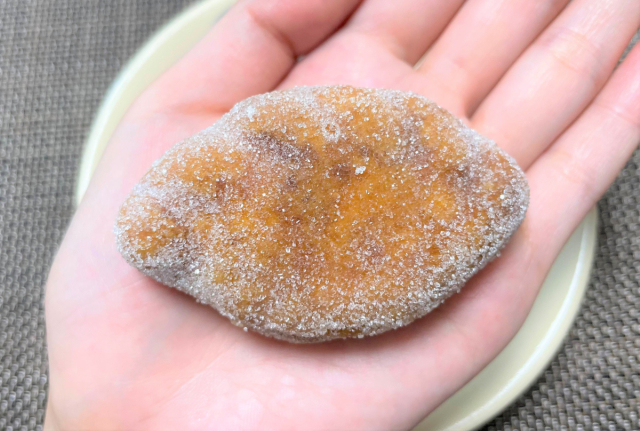
When Tang confectionery like these were first introduced to Japan, they were used as an offering in Buddhist sects and only eaten by nobility, but today the Buto Manju is available for anyone to purchase, thanks to Japanese confectionery store Manmando, which has been in business since the Edo Period (1603-1867).
▼ Manmando is located in Nara and is currently run by the fifth-generation owner.
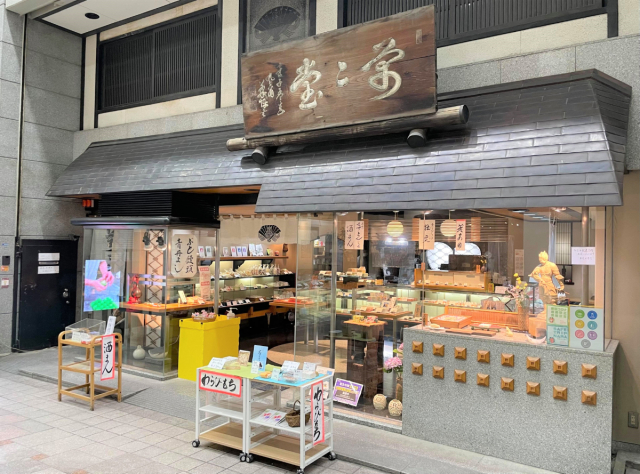
The sacred history of the sweet remains revered today, as it’s used by shrine priests as an offering to the gods at Kasuga Taisha, the holiest shrine in Nara Prefecture.
Each Buto Manju sold at Manmando even comes with a pamphlet written by the chief priest at Kasuga Taisha Shrine, which details the sweet’s history and its origins, which date back to over a thousand years ago.
▼ “Buto” is said to mean “rice cake cooked in oil”
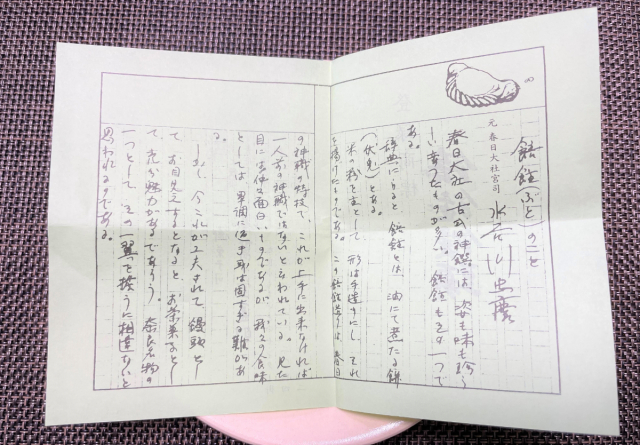
The manju itself is beautifully wrapped in delicate paper with a wreath-like purple hanging wisteria printed on it. This wisteria print is the same one commonly used by Kasuga Taisha as a symbol of the shrine.
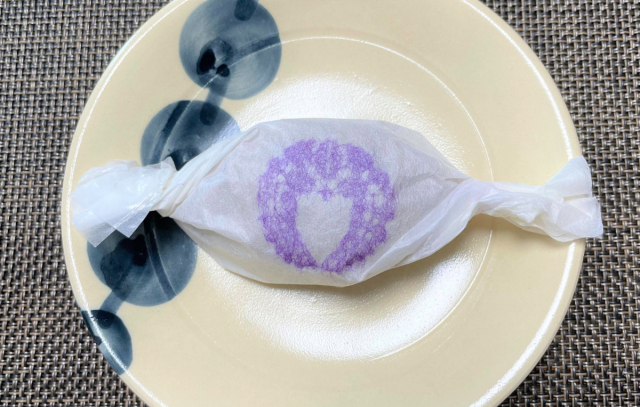
While the word “manju” usually conjures up images of a steamed bun in Japan, this special manju has been made with a wheat-flour dough, which is wrapped around a sweet adzuki red bean paste and then fried in oil, creating a coating that’s more similar to a crispy doughnut.
▼ The sweet crunched under our knife when we cut it in two.
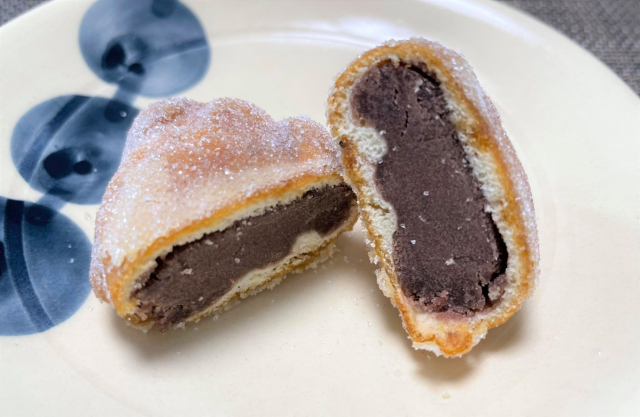
As soon as you bite into the confection, your taste buds will jump for joy at how perfectly the bean paste complements the sweet and chewy dough, while the sweetness from the sugar coating envelops the tongue, making you feel like you’ve just eaten a delicious, sugary doughnut, only with a very Japanese-style flavour.
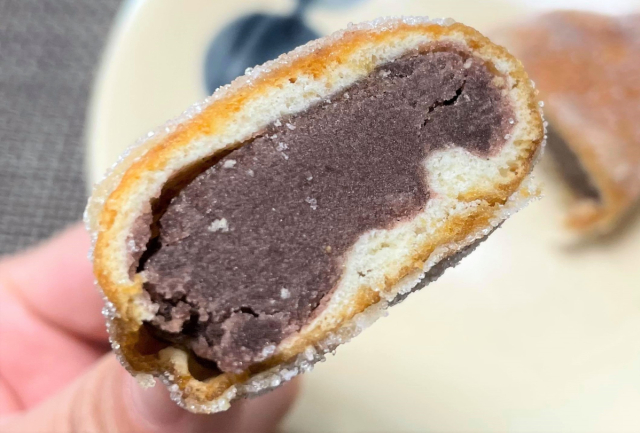
While it’s similar to eating a bite-sized, crispy doughnut, this fried morsel comes with years of sacred history behind it that makes it a unique, must-try experience. And if you’re looking to take your taste buds on another trip to the past on Japanese Sweets Day, don’t forget to check out odan, the oldest sweet in Japan.
Store information
Manmando / 萬々堂通則
Address: Nara-ken, Nara-shi, Hashimotocho 534
奈良県奈良市橋本町34
Open 9:00 a.m.-7 p.m.
Closed some Thursdays
Website
Photos ©SoraNews24
● Want to hear about SoraNews24’s latest articles as soon as they’re published? Follow us on Facebook and Twitter!
Credit:

0 comments: